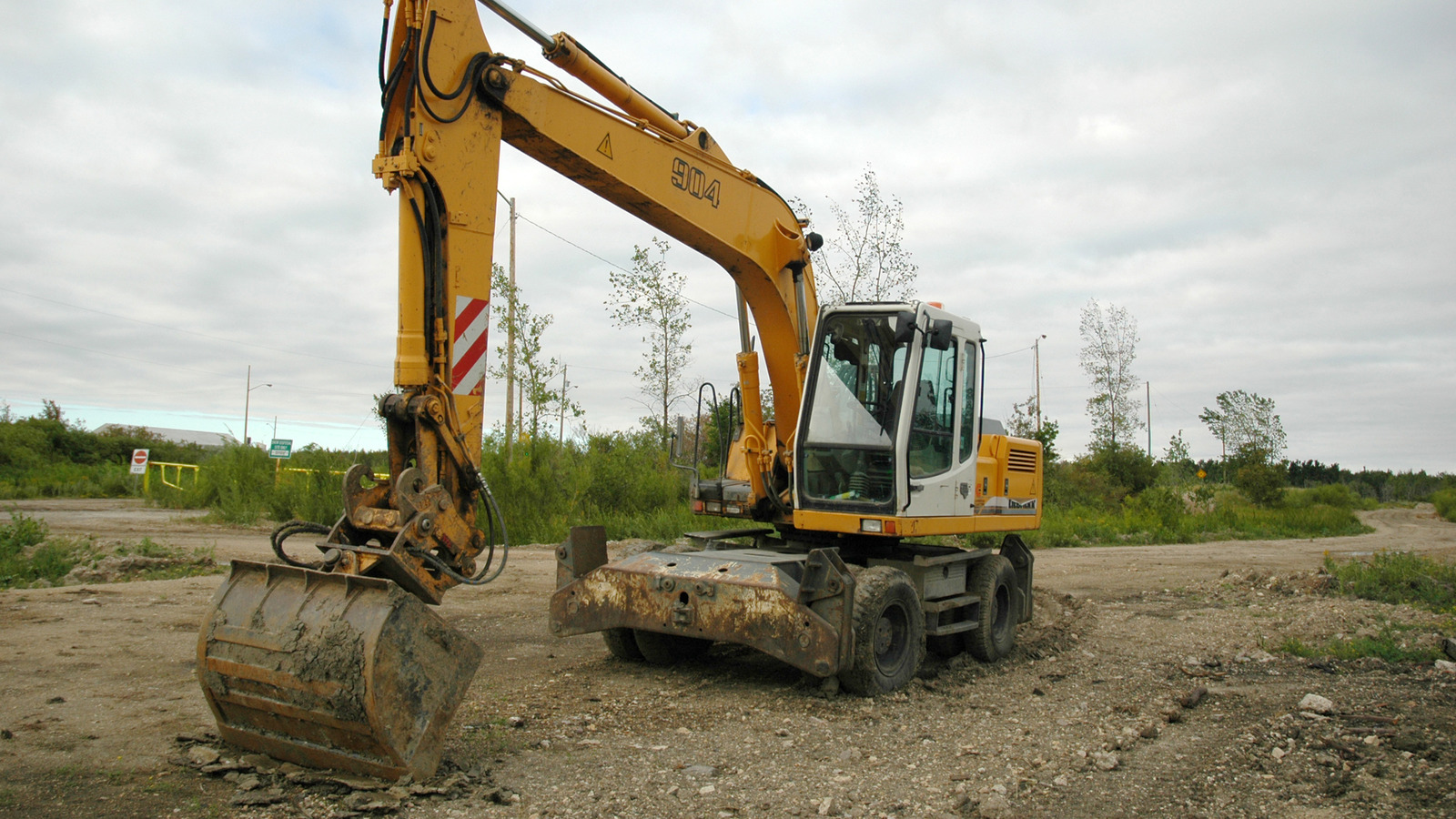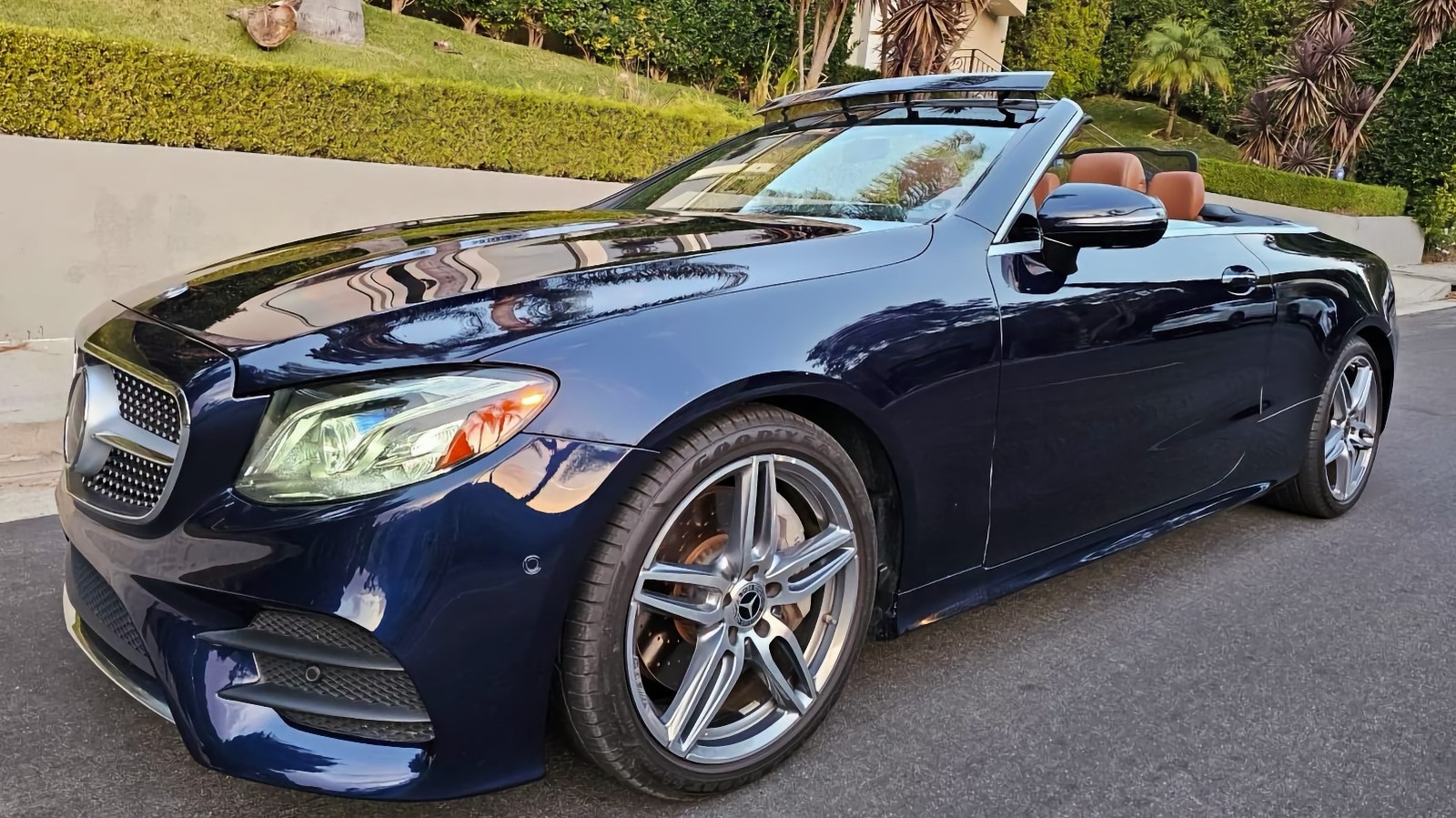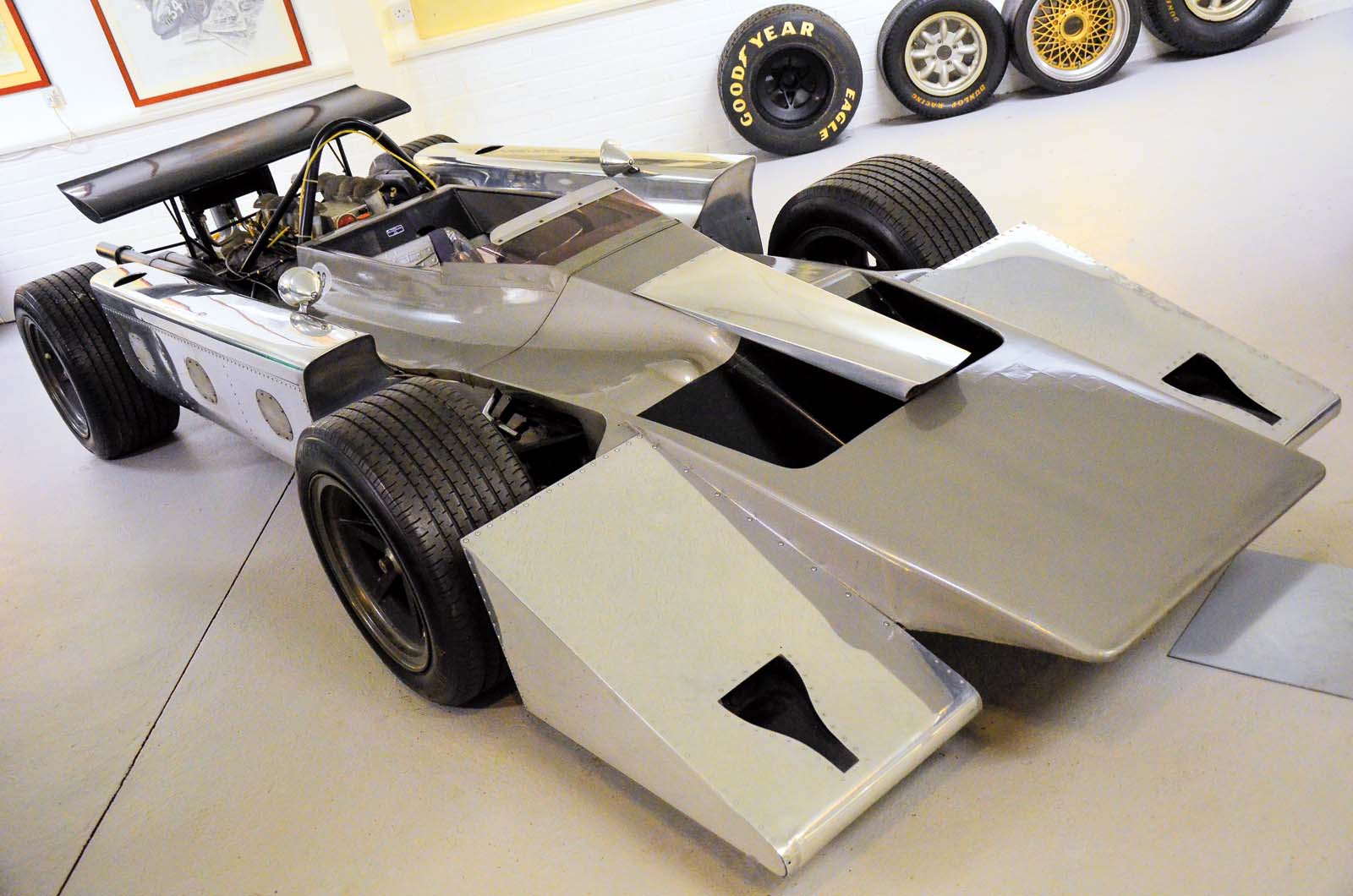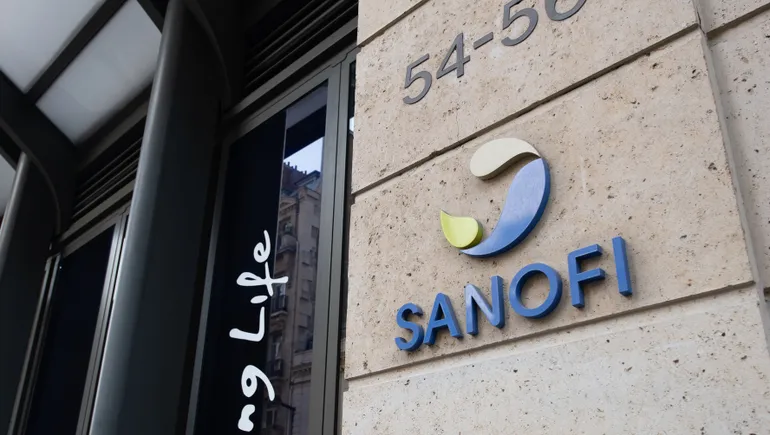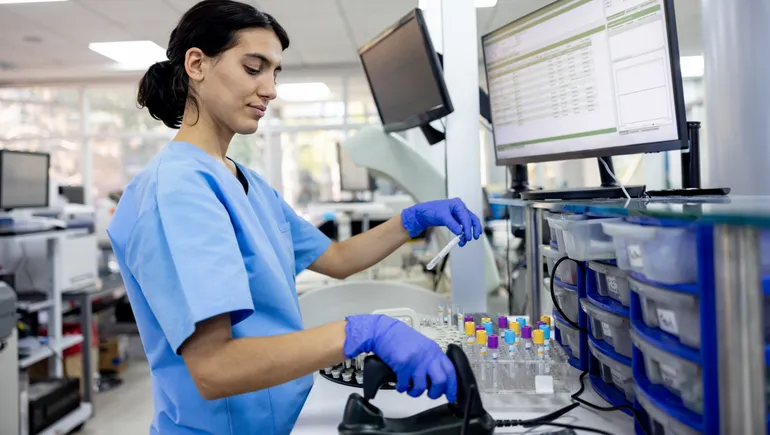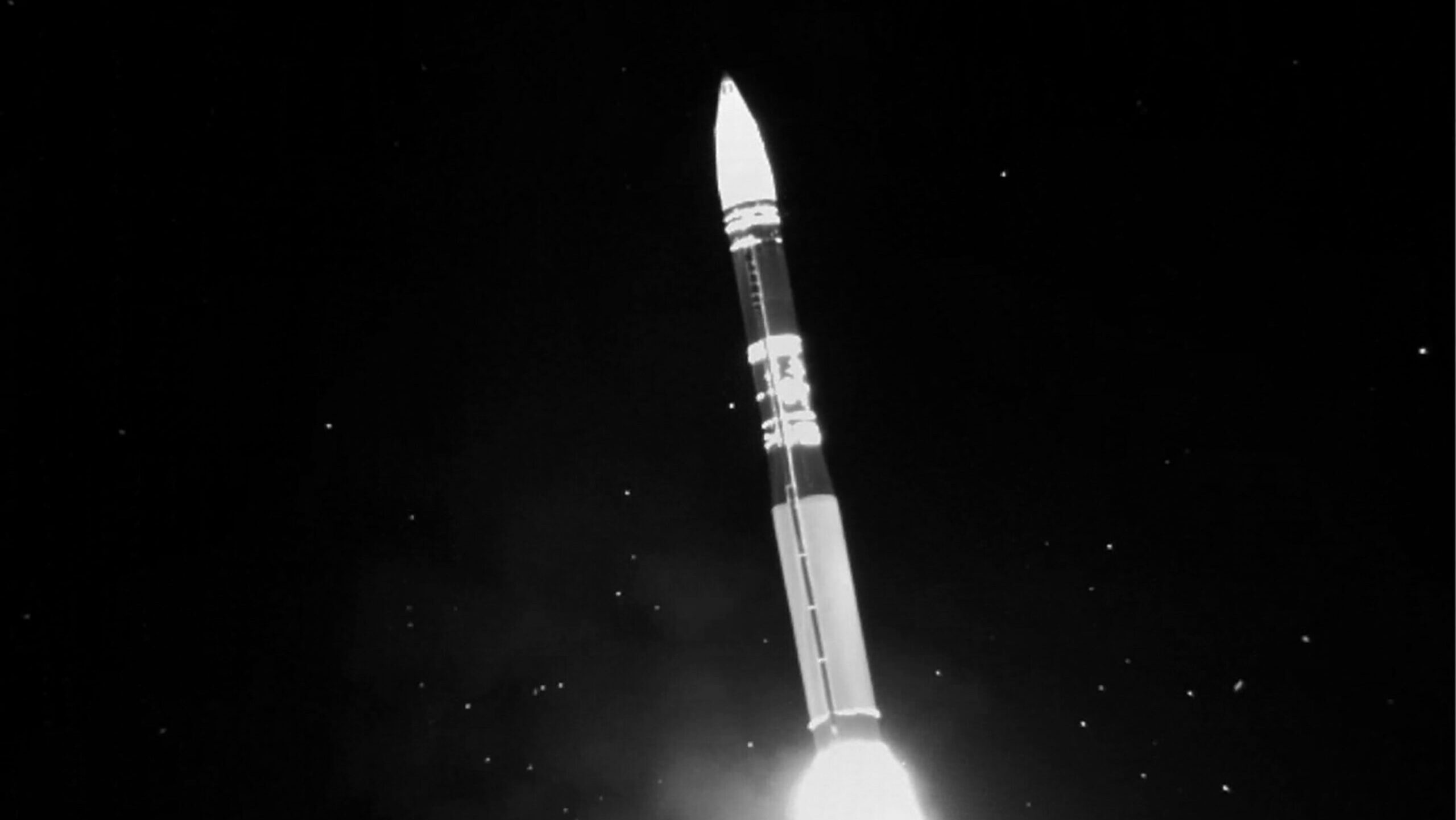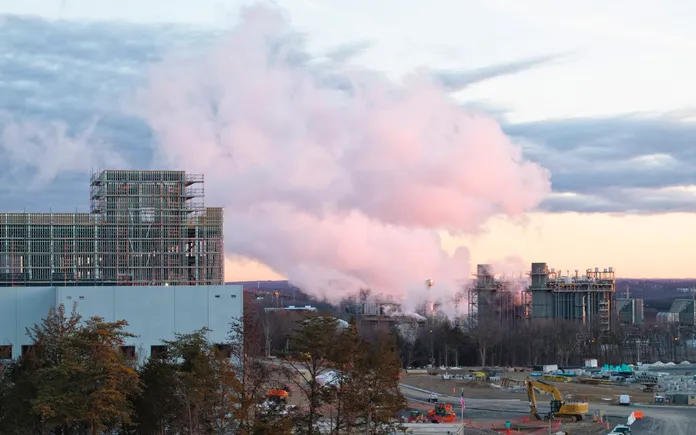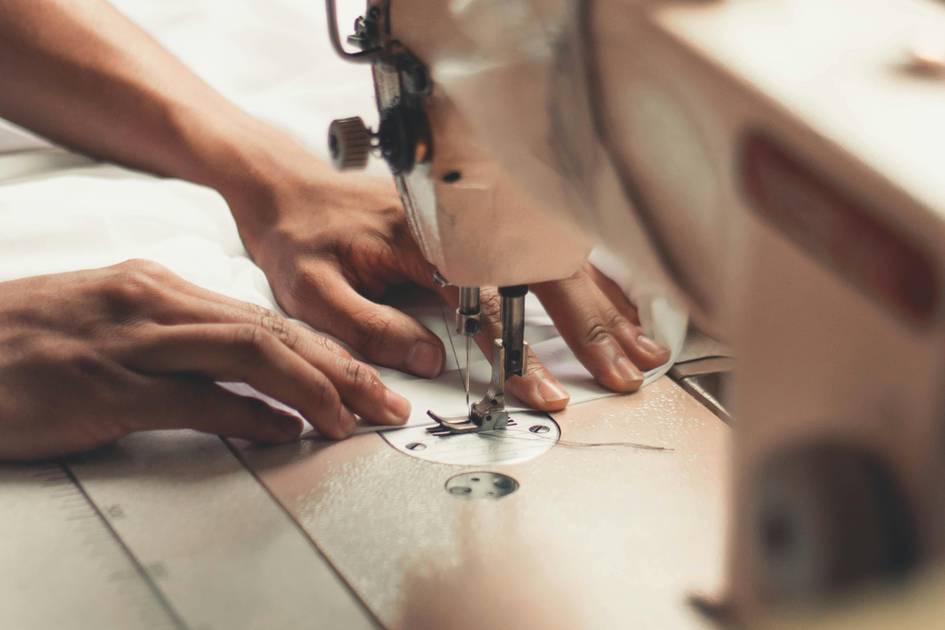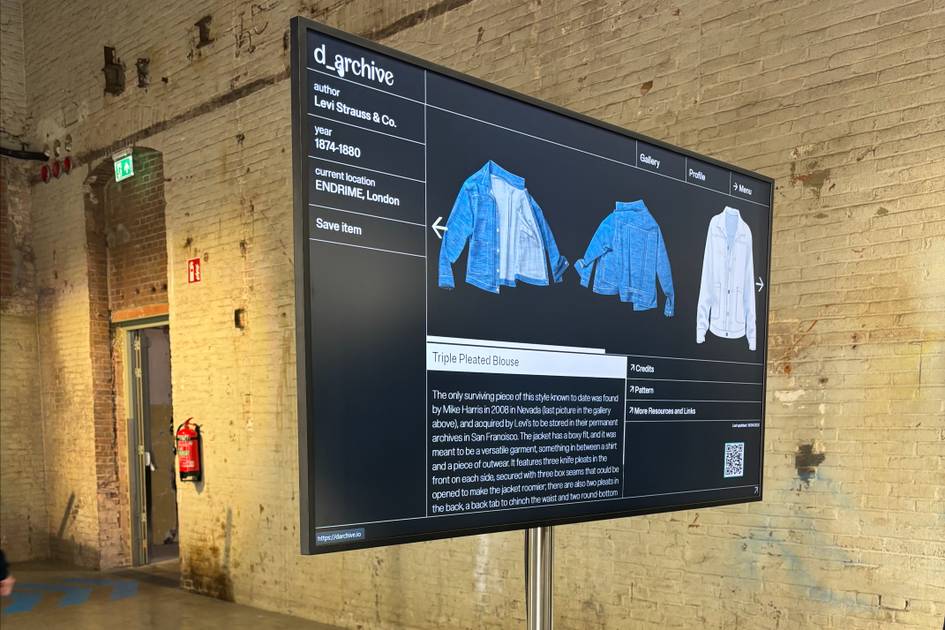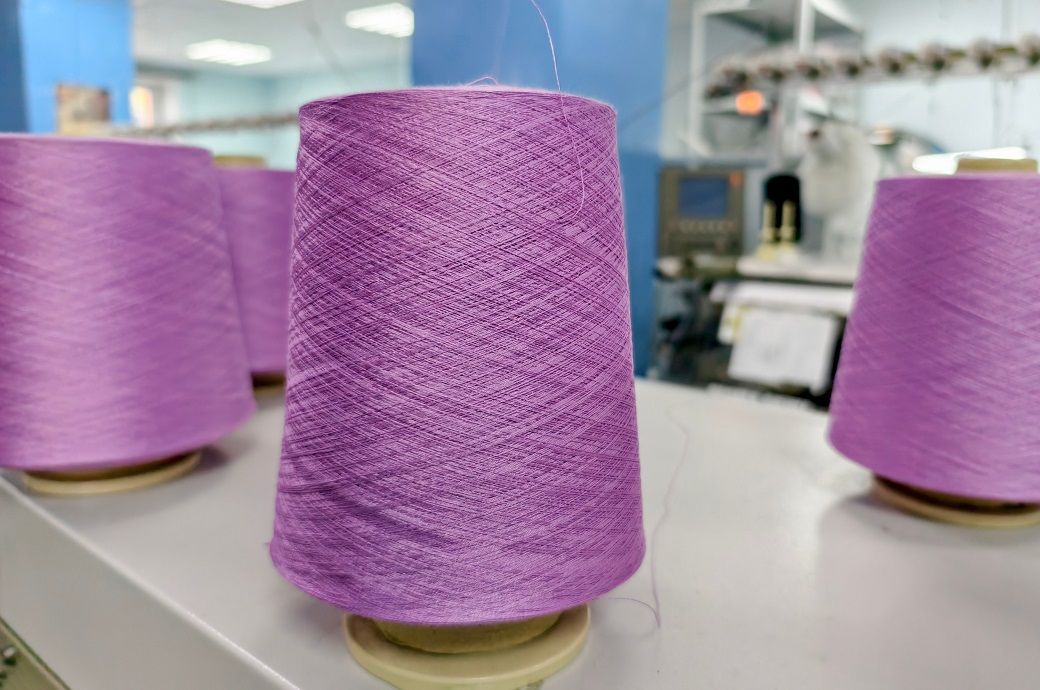Graded Hydroxyapatite Triply Periodic Minimal Surface Structures for Bone Tissue Engineering Applications
Advanced Healthcare Materials, EarlyView.

This study investigates the role of triply periodic minimal structures in load bearing bone tissue engineering applications. Research uses a combination of mechanical testing, material characterization, and in vitro tests to study the impact of TPMS lattice structures (gyroid, lidinoid and split-P). Findings show that a graded structure featuring a solid core and gyroid shell is an ideal candidate for BTE.
Abstract
Porous scaffolds in bone tissue engineering (BTE) play a crucial role in facilitating osteointegration with host tissues and providing nutrients to cells involved in bone healing. Scaffold architecture influences osteointegration, biofunctionality and mechanical strength, necessitating a clear understanding of its impact. In this study, hydroxyapatite scaffolds are 3D printed with three types of triply periodic minimal surface (TPMS) structures: gyroid, lidinoid, and split-P, at porosities ranging from 50% to 80%. Split-P architecture exhibits the highest compression strength, between 15 and 25 MPa, but provides the least surface area for bone apatite precipitation. Conversely, gyroid and lidinoid structures demonstrate the highest levels of bone apatite precipitation across all porosities when immersed in simulated body fluid. To optimise scaffold design, graded structures were designed with multiple TPMS structures arranged in a core-shell configuration. A structure featuring a solid core and a 70% gyroid shell achieves the highest compression strength of 120 MPa, while also supporting cell attachment and differentiation comparable to that of a fully porous structure. This combination of compression strength similar to cancellous bone and ability for positive interaction with osteoblast cells makes it an ideal candidate for load-bearing applications in BTE.









